Last Chance to Catch NYC's Holiday Notalgia Train
We met the voices of the NYC subway on our nostalgia ride this weekend!


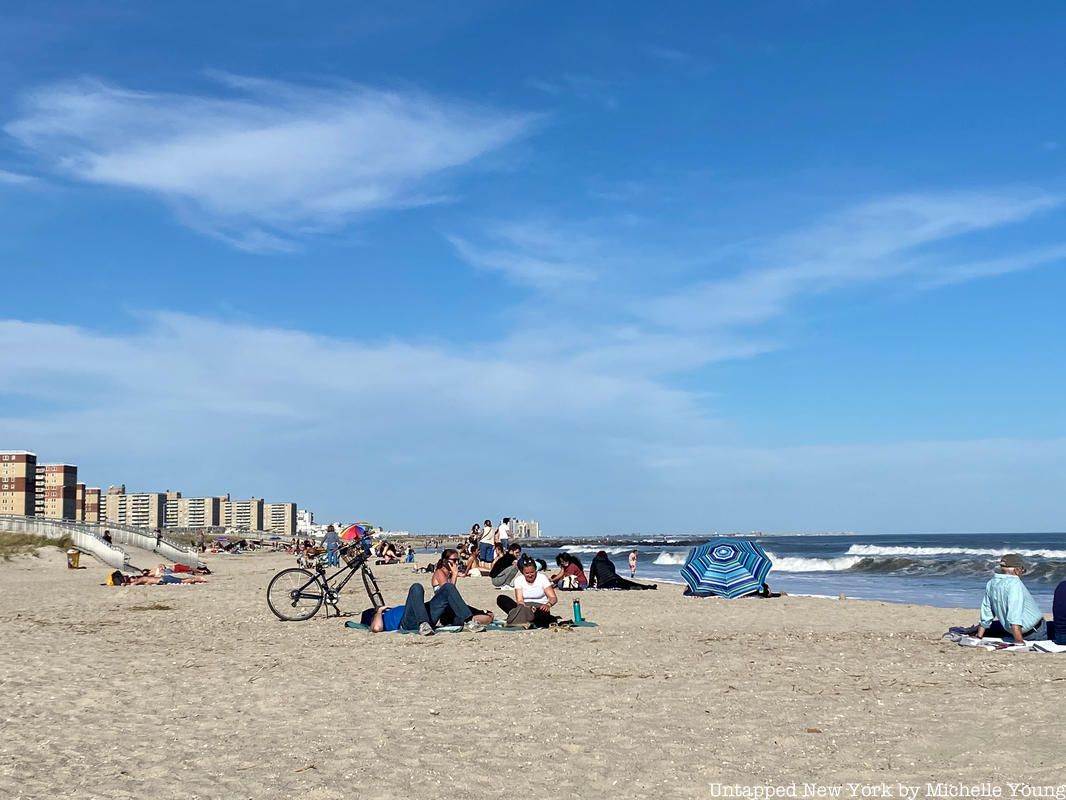
Rockaway Beach on May 2nd, 2020
This Memorial Day, many New Yorkers who would have been celebrating at the beach will instead be finding alternative ways to enjoy the holiday. Mayor Bill de Blasio announced that swimming, sports, and gatherings will not be allowed at New York City beaches, and that people must observe social distancing if they decide to walk on the beach. [Update: Starting July 1st, New York City beaches will be open for swimming again!]
Yet, beaches across Long Island, Westchester, New Jersey, and Connecticut will be open this Memorial Day, many with restrictions like reduced capacity by 50% and who can access. “We are one multi state region. What one state does will affect other states,” Governor Cuomo said. “One state doesn’t open beaches, another state does open beaches, you will see people flood to that state.”
Mayor de Blasio’s reasons for closing the beach hinge on his belief that New Yorkers will crowd public transportation, like subways and buses. He said, “Based on our local conditions, we are the epicenter nationally, the most populace, the most dense. To get to the beaches people must take subways and buses and we don’t want crowding. There is an obvious set of reasons.” However, it is possible that beaches will open to the public later this summer once the city meets the seven criteria to begin reopening.
With New York City beaches for the most part remaining closed for Memorial Day, the beaches of the surrounding area may not be a safe bet either for New York City residents. Officials fear that many of the city’s eight million residents will flock to Long Island beaches, and subsequently many have restricted access to only certain demographics. Here is our guide to the open, closed, and restricted beaches in New York City, Nassau County, Suffolk County, New Jersey, Westchester, and Connecticut for this Memorial Day:
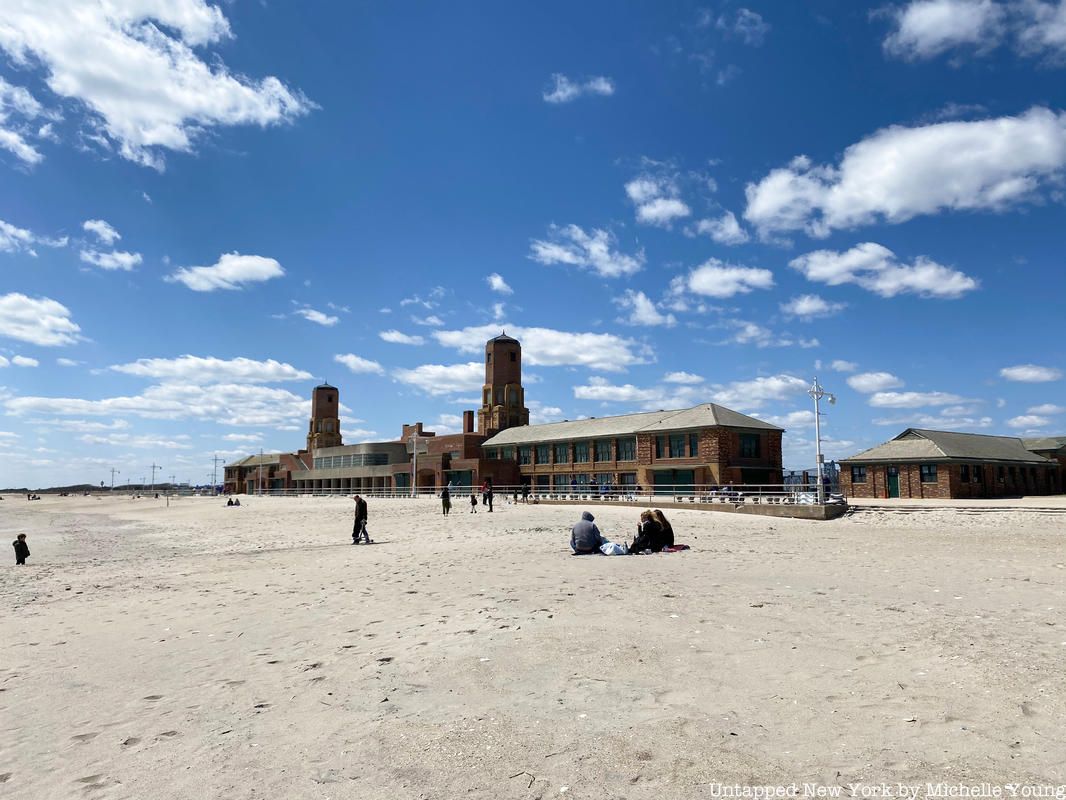
National Park Service beaches, like Jacob Riis shown above, will be open but city beaches are closed.
The city’s public beaches are closed for the season until further notice. The following New York City beaches are currently closed:
“No swimming, no sports, no gathering, no parties. Just common sense,” de Blasio said. “Observe social distancing. If you walk on the beach, do it for a limited period of time, get back home like everyone else.”
However, beaches run by the National Park Service, which includes Jacob Riis Park and Fort Tilden Beach in Queens, are currently open, but picnic areas are closed and only “limited recreational access” is allowed since no lifeguards are on duty. Beaches like Coney Island and Orchard are allowing visitors to walk on the beach and the boardwalk, but visitors must observe social distancing rules. Face masks must be worn by beachgoers and workers if social distancing is not possible.
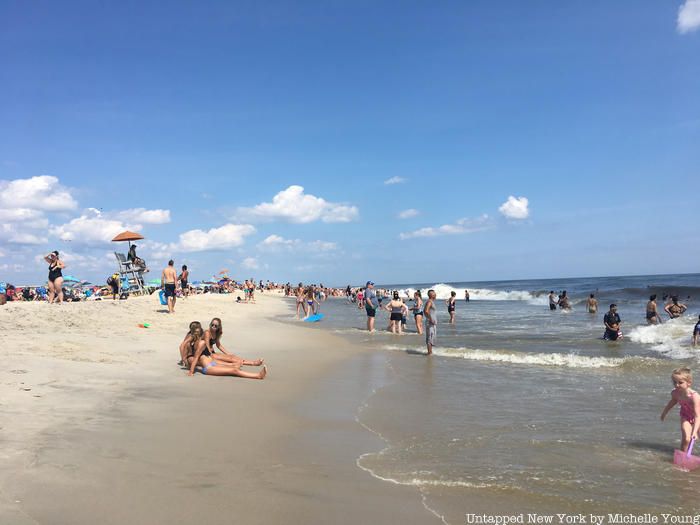
Robert Moses State Park beach will be open (photo taken in 2017)
Nassau County beaches are much more variable than those in New York City, as some are only open to local residents. The following Nassau County beaches are currently open, but with certain restrictions on entry:Robert Moses State Park beach will be open, along with other state parks. Nassau County is also home to a number of town beaches, but some are accessible to the general public while others have restricted access. Swimming is allowed at a number of Nassau County beaches, and lifeguards will be on duty at some beaches like Jones Beach. Some like Nickerson Beach Park are reducing capacity to 50 percent with beach parking lots being reduced to a vehicle in every other space. Beach Park will also be open to non-residents who pay $140 for a beach pass.
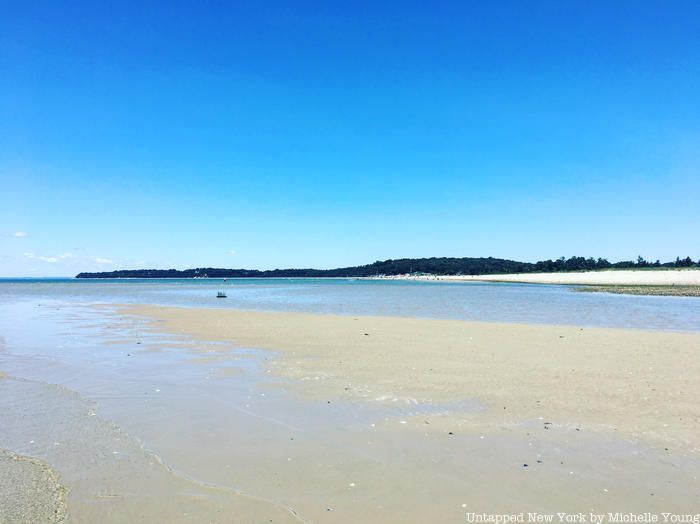
West Meadow Beach
Suffolk County is home to a large number of beaches on both the north and south shore, but a significant number of them are only open to Suffolk County residents. State parks across the county are currently open to everyone, but county parks remain closed to Suffolk County residents only. Below is a list of currently open Suffolk County beaches:
Four other Huntington beaches remain closed, and the four that are open will only serve Huntington residents. Like state parks in Nassau County, Suffolk’s state parks will be taking extra precautions to ensure that people are social distancing, but swimming is allowed as well as limited recreational activities. Most beaches will open at around 7 a.m. and will close at sunset. For the most part, town beaches will remain open only to town residents, and a full list can be found here. A number of public beaches across the county will be following similar reduced capacity regulations to avoid crowding.
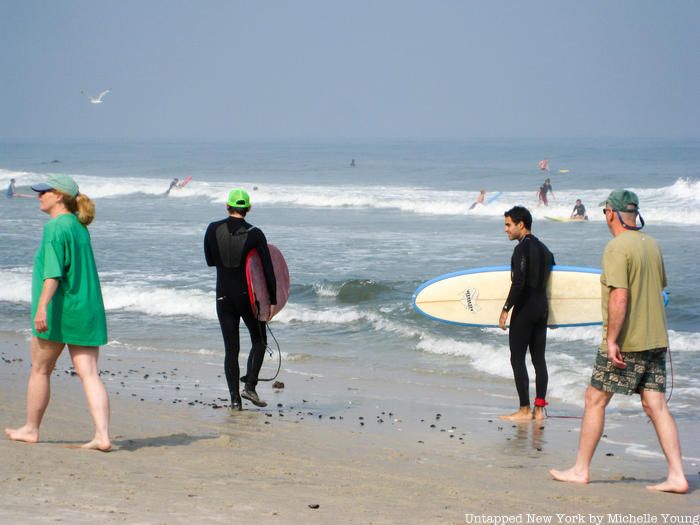 Surfers on the Jersey Shore (photo taken in 2008)
Surfers on the Jersey Shore (photo taken in 2008)
Governor Phil Murphy announced that New Jersey beaches, for the most part, will be open by Memorial Day weekend. So far, Sea Girt has decided to close its boardwalk for the weekend, and Cape May County beaches will be overseeing high volume areas like beaches to ensure social distancing. Officials across the state are required to implement proper sanitation procedures, prohibit organized events, and implement limitations on capacity. Island Beach State Park has reduced parking capacity to 50 percent, and beginning mid-June lifeguards will be on duty and swimming will be permitted. For more specific restrictions, see this nj.com article.
In Atlantic County, Atlantic City beaches and boardwalk will remain open, and families are permitted to congregate in groups of up to 10 people at Brigantine. Swimming is limited to only certain areas at Ventnor and Margate City, and swimming and organized sports where social distancing cannot be practiced are prohibited at Longport.
In Cape May County, Ocean City will be open, but Beach Patrol will guard a number of beaches to ensure social distancing. Beach tags will only be required at Sea Isle City and Stone Harbor. In the City of Cape May, swimming is still prohibited, but swimming will be allowed at all other public beaches in the county starting Saturday.
In Monmouth County, Asbury Park will be open for swimming and socially distanced activities, but beach passes must be worn at all times and the boardwalk will operate on one-way travel in each direction. Swimming at Sandy Hook will be “at your own risk” with 50% capacity, while Sea Girt and Spring Lake will keep their boardwalks closed. Badges will be required at Sea Bright, Ocean Grove, Long Branch, Manasquan, Bradley Beach, and Avon-by-the-Sea.
In Ocean County, swimming will only be allowed at Point Pleasant Beach only when badge checkers and lifeguards are present. Social distancing guidelines will be upheld at every beach in the county, and badges are required at Bay Head, Brick, Seaside Heights, and Seaside Park. Boardwalks will be open at Lavallette and Toms River this weekend.
On Long Beach Island, badges will not required until June at every beach, and social distancing is required at all beaches. Congregating and beach buggies are prohibited at Harvey Cedars.
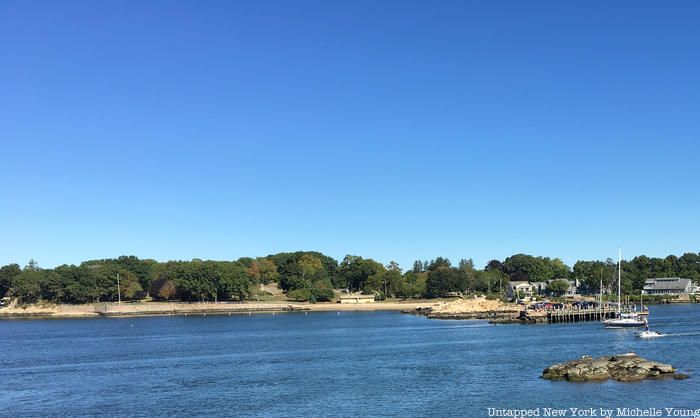
A beach in Branford, Connecticut (photo taken in 2016)
In Connecticut, the vast majority of state parks remain open with restrictions, and Governor Ned Lamont announced that starting May 22, state parks with beaches along the shoreline would be open with capacity limitations. Swimming will only be allowed at shoreline state parks, not inland state parks with swim areas. The Governor announced that beachgoers would need to maintain 15-feet of space from others to ensure proper social distancing. Groups over five are prohibited, in contrast to 10 in New Jersey, and most restrooms will remain closed. Early in the season, lifeguards will not be on duty at shoreline beaches.
According to NBC Connecticut, “Limited swimming capacity at state parks, combined with restrictions made by municipalities around the swimming areas they oversee, mean that residents will have to plan beach and swimming excursions well in advance, and be ready with a back-up plan if their first choice is closed, according to DEEP.”
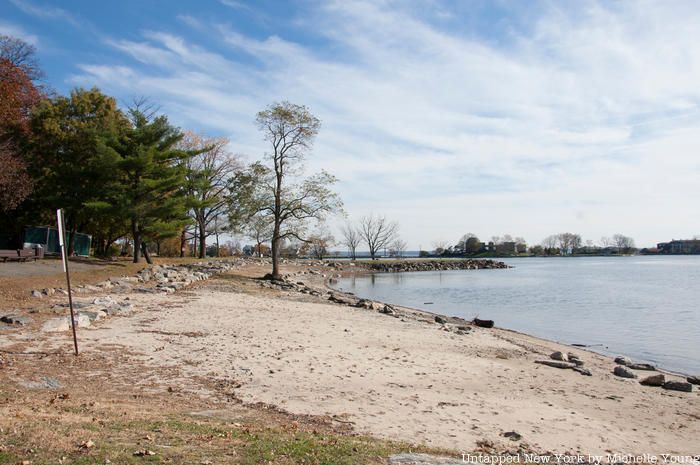
A beach on Five Islands Park in New Rochelle
Westchester is not often seen as a beach destination, but currently four of Westchester’s six public parks are open, although exclusively to Westchester residents. Below is a list of open, closed, and restricted public beaches in Westchester County.
Social distancing protocols and additional park rules will be enforced at each open park. Glen Island Park remains closed as it currently serves as a COVID-19 testing facility. Although most Westchester beaches are only available to county residents, many parks are open to all visitors including Kensico Dam Plaza, Cranberry Lake Preserve, and Marshlands Conservancy.
Next check out The Top 10 Hidden Beaches of NYC!
Subscribe to our newsletter